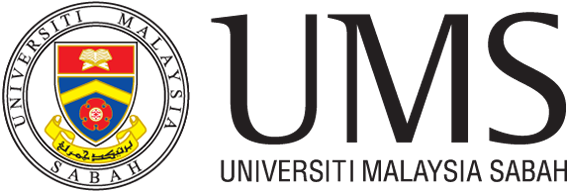Part 5 The Role of Technology in Online PBL
Online problem-based learning (OPBL) is an innovative educational approach that leverages digital technologies to facilitate collaborative and active learning experiences. The role of technology in OPBL is pivotal, as it enables the effective delivery and facilitation of this pedagogical approach. Technology provides tools for collaboration, feedback, and knowledge construction, and enables students to engage in team-led discourse to solve real-world problems. With advancements like networked and immersive technologies, OPBL has evolved to support the acquisition of 21st-century problem-solving and critical-thinking skills. Table 1.3 highlights several key aspects of technology’s role in OPBL.
| Roles | Descriptions of Roles |
| Delivery of Content | Technology provides a platform for delivering content to learners. OPBL platforms can host resources, materials, and scenarios, making them easily accessible to students from anywhere with an internet connection. |
| Collaborative Tools | OPBL platforms offer collaborative tools such as discussion boards, video conferencing, and shared documents. These tools facilitate group work, enabling students to collaborate on problem-solving activities, even when they are geographically dispersed. |
| Research and Information Retrieval | Technology empowers students to conduct research and retrieve information effectively. Online databases, digital libraries, and search engines enable students to access a wealth of information, enhancing the depth and breadth of their research. |
| Simulations and Virtual Labs | Technology allows for the integration of physics simulations and virtual labs, enabling students to experiment with physics concepts in a safe and controlled online environment. This practical experience enhances understanding and engagement. |
| Flexibility and Asynchronous Learning | OPBL accommodates different learning styles and schedules. Technology enables asynchronous learning, allowing students to access materials and engage with problems at their convenience. This flexibility is especially valuable for working professionals and learners with diverse schedules. |
| Assessment and Feedback | OPBL platforms support assessment and feedback mechanisms. Educators can use technology to design and administer assessments, while students can receive feedback digitally. Technology also allows for peer and self-assessment, enhancing the learning process. |
| Monitoring and Analytics | Technology provides educators with tools for monitoring student progress and assessing their level of engagement. Facilitators can find areas where students might require more support by using learning analytics. |
| Global Collaboration | Technology crosses geographical boundaries, allowing students to work together with peers and experts from around the globe. This global perspective enriches discussions and provides diverse viewpoints. |
| Multimedia Content | Technology allows for the integration of multimedia content, including videos, simulations, and interactive presentations, which can enhance the understanding of complex physics concepts. |
| Communication and Support | OPBL relies on effective communication. Technology enables real-time communication between students, facilitators, and peers, fostering a sense of community and support. |
In summary, technology plays a multifaceted role in OPBL by facilitating content delivery, collaboration, research, flexibility, assessment, and global connections. Its integration empowers educators and students to engage in meaningful problem-solving activities and enhances the overall learning experience in physics. However, it is crucial to remember that technology integration should be a part of a coherent educational strategy. Without an appropriate educational framework, merely adopting technology might not improve education. Therefore, developing interactive environments where students may learn by doing, get feedback, hone their comprehension, and acquire new information is essential to the efficient use of technology in OPBL.

